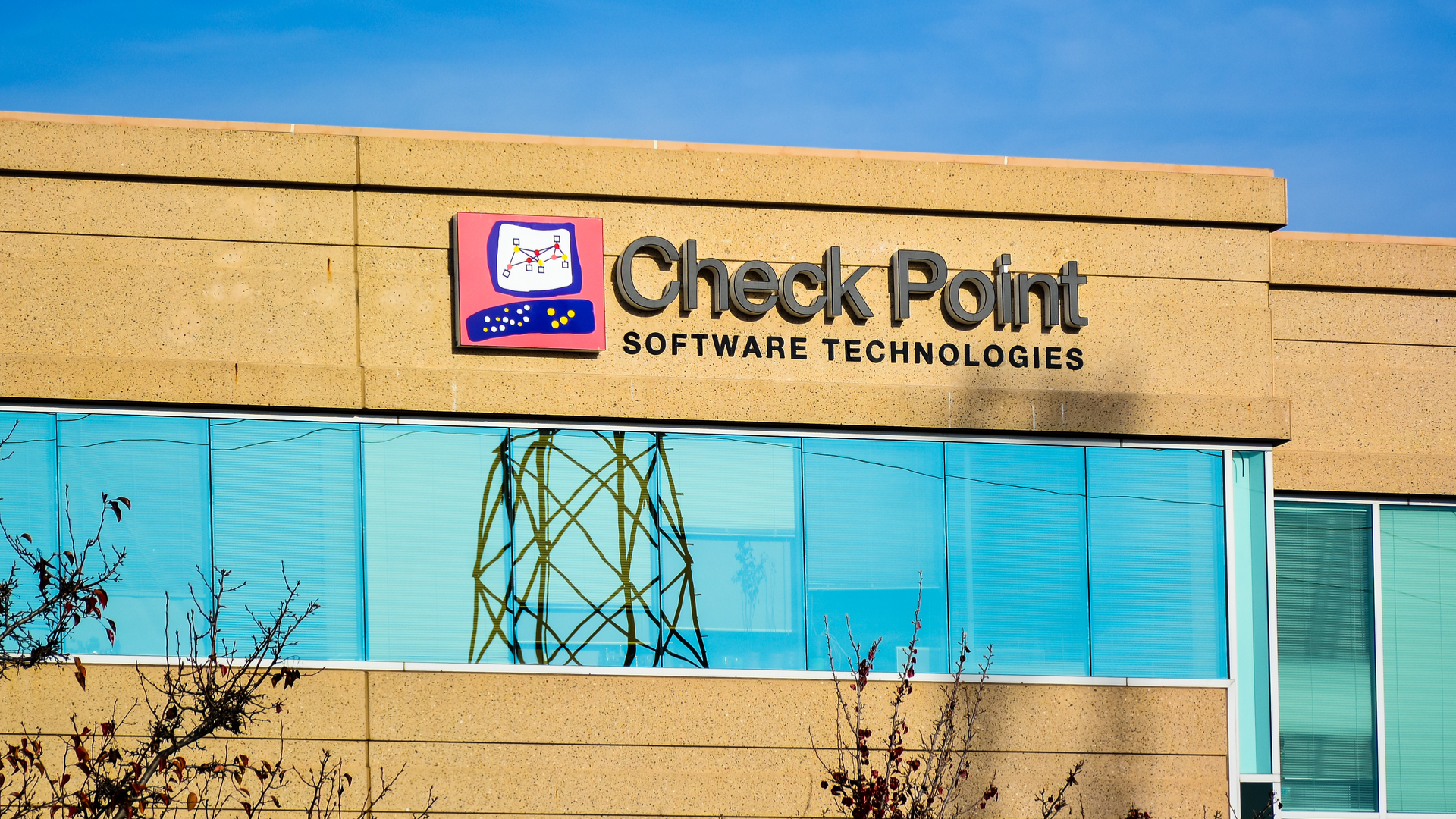Check Point launches application firewall
Application Control Software Blade architecture offers up-sell possibilities for channel partners

Firewall specialist Check Point (CHKP) has launched a new Application Control Software Blade which allows granular control of more than 50,000 Web 2.0 widgets and more than 4,500 internet applications, including social networking, instant messaging and media streaming. The Blade software is effectively sold as a service with regular updates adding to the list of controlled application within Check Point’s AppWiki database.
Implementation
According to Gabi Reish, global head of network security at Check Point: “Application Control Software allows our channel to go to end customers with a compelling offering.” Reish points to a single management interface and integration with Active Directory as key features that make implementation of application control very simple.
The software is agent-less at the client level and can generate a pop-up screen asking a user if they are accessing an application, for example Facebook, for work or personal reasons. These logs are then assessed by IT staff to help define usage policies for the organisation.
Although late to the application firewall market, Reish contends that the seamless nature of its implementation is much more attractive for existing Check Point customers then trying to integrate a rival third party solution.
The software is only available as within its blade architecture as opposed to a standalone appliance which makes the solution more applicable to existing Check Point customers. Reish estimates around 20 percent are already on its blade architecture and all current and future Check Point products will support the technology.
Survey
Stay up to date with the latest Channel industry news and analysis with our twice-weekly newsletter
To support the launch of its new Blade, Check Point commissioned a report with The Ponemon Institute that surveyed 2,100 IT and security practitioners in the UK, US, Australia, France and Japan. 58 percent surveyed in the UK and Australia said that Web 2.0 applications have a significant or very significant impact on the security posture of their companies. IT administrators cited primarily workplace inefficiencies, malware, data loss and viruses as the main threats caused by insecure use of Web 2.0 applications, such as social networking, blogs and wikis.
Check Point will be running a number of partner training sessions for the new product in September with general availability scheduled for Q4. Pricing has yet to be confirmed.
-
 Can enterprises transform through startup theory?
Can enterprises transform through startup theory?In-depth For big corporations, the flexibility, adaptability, and speed of a startup or scale-up is often the total opposite of what’s possible within their own operations
-
 AI is creating more software flaws – and they're getting worse
AI is creating more software flaws – and they're getting worseNews A CodeRabbit study compared pull requests with AI and without, finding AI is fast but highly error prone